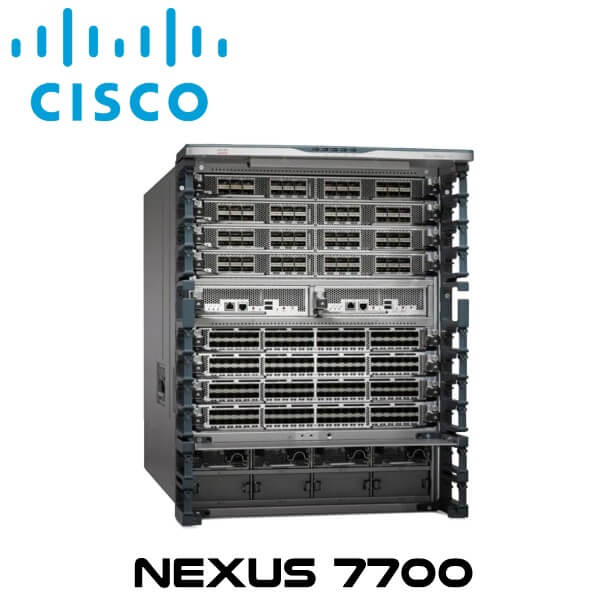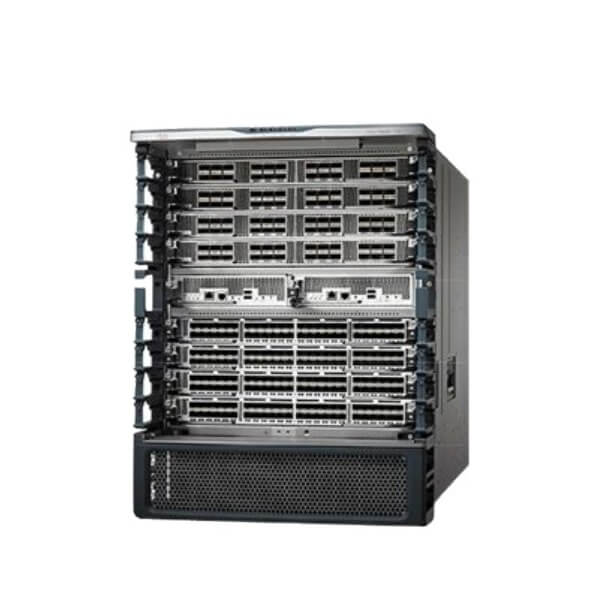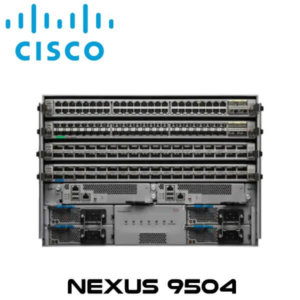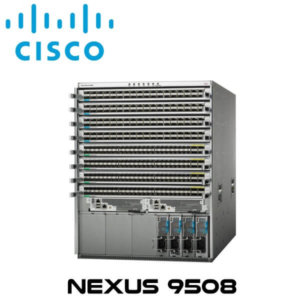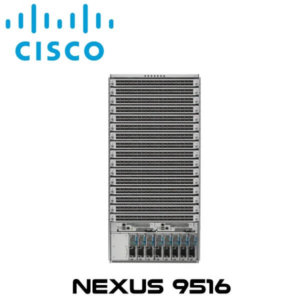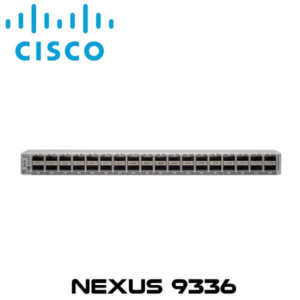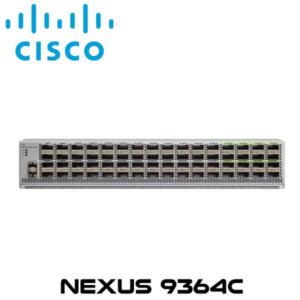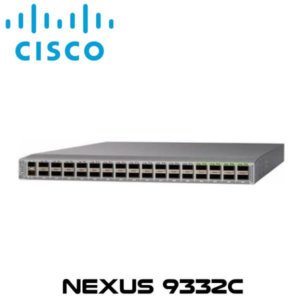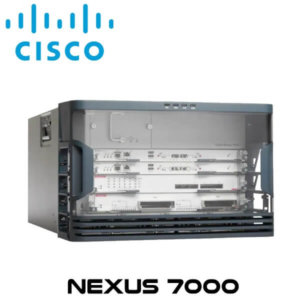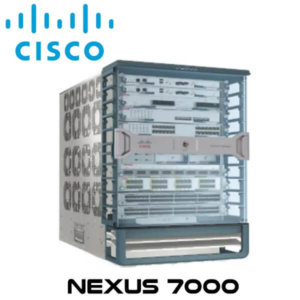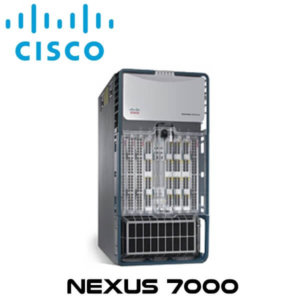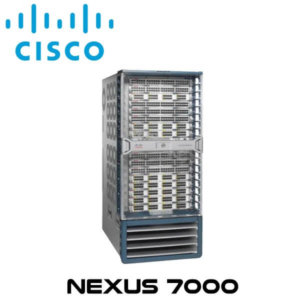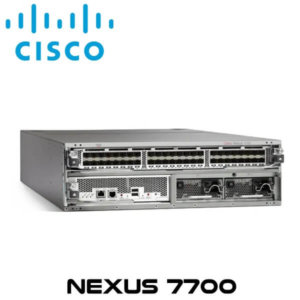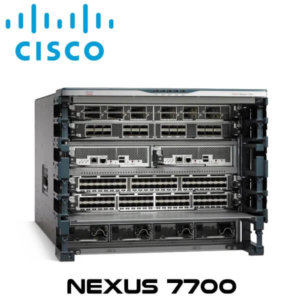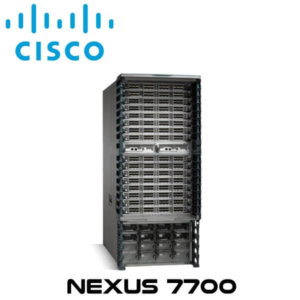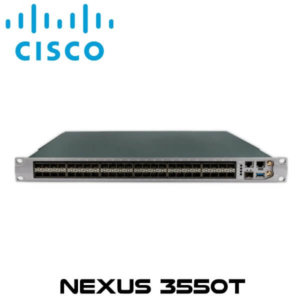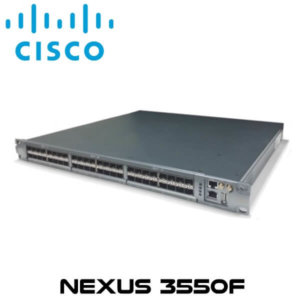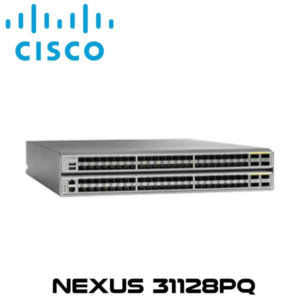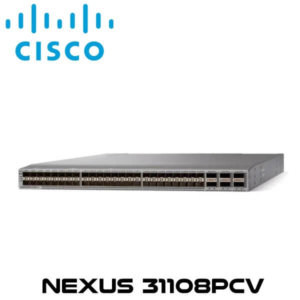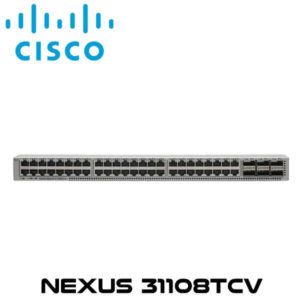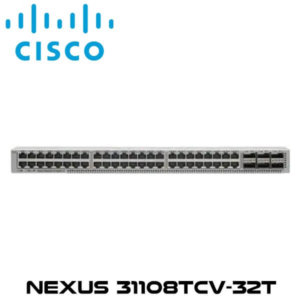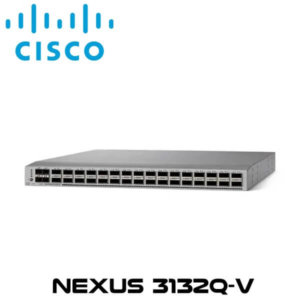Description
Cisco Nexus7700-10Slot Network Switch Jeddah
Scale up to 42 terabits per second (Tbps) with the Cisco Nexus 7700 10-Slot Switch. The switch offers high availability, exceptional performance, high density 40 and 100 Gigabit Ethernet (GE) and front-to-back air flow. That makes it ideal for high performance data center access, aggregation, core, and Unified Fabric deployments.
Features and Capabilities
- The Cisco Nexus7700-10Slot Jeddah Switch, with up to eight I/O module slots, supports up to 384 x 1 and 10 Gigabit Ethernet ports, 192 x 40 Gigabit Ethernet ports, and 96 x 100 Gigabit Ethernet ports, to meet the demands of large data center deployments.
- The Cisco Nexus7700-10Slot Jeddah has two dedicated half-slot supervisors to provide full redundancy, stateful supervisor switchover, and hitless In-Service Software Upgrade (ISSU) capabilities.
- The Cisco Nexus7700-10Slot Jeddah has six fabric module slots to provide simultaneously active fabric channels to each of the I/O and supervisor modules. Through the parallel forwarding fabric architecture, the Cisco Nexus 7710 can achieve 21 Tbps of forwarding capacity or more.
- Front-to-back airflow helps ensure that the Cisco Nexus7700-10Slot Jeddah addresses the requirement for hot-aisle and cold-aisle deployments to help provide efficient cooling.
- The system uses three redundant fan trays for cooling. Each fan tray is composed of independent variable-speed fans that automatically adjust to the ambient temperature, to help reduce power consumption in well-managed facilities while helping to enable optimum operation of the switch. The system also allows hot swapping of fan trays without negatively affecting the system.
- The system supports an optional door and air filter to promote clean airflow through the system. The addition of the air filter satisfies Network Equipment Building Standards (NEBS) requirements.
- The Cisco Nexus7700-10Slot Jeddah Switch can have up to eight 3- or 3.5-(kW) power supplies. The smaller power supply configuration provides more flexibility and greater control in power provisioning. The eight power supply bays are designed for future growth, and most common configurations do not require the use of all power supply units for redundant power configurations.
- I/O modules, supervisor modules, and power supplies are accessible from the front, and fabric modules and fan trays are accessible from the back of the chassis.



